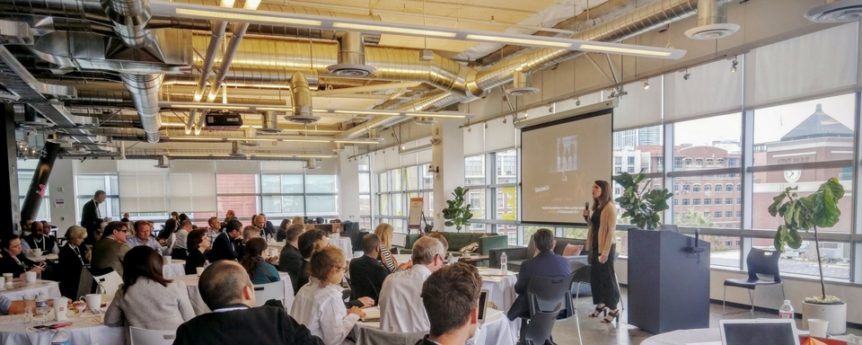I managed to pin down our new Director of Insights and Service Design, Mary Piontkowski, to find out a little more about her. This is what I discovered.
Welcome! You seem so enthusiastic about the work you do. Can you give us a brief background as a professional in the field, and how it relates to the work you are doing now?
I absolutely love what I do. And I tell people every time I speak that they should too, or else they should get another job. Life is too short and we work too much to have it any other way. But seriously, the work we do, studying human behavior and then helping our clients design accordingly, is such satisfying work. Both an art and a science. I studied math and design. This is perfect.
I have practiced design in the Bay Area for close to 20 years now, with a short stint in London. I’ve always believed that designers should practice qualitative research to be empowered to find their own answers to design questions. I’ve worked with and built several teams at Organic, Adaptive Path, Macadamian and EY-Seren, prior to gotoresearch.
Throughout my career, we (designers) struggled in the Bay Area to convince our clients that our design methods would help them do more than create an app or a part of an experience. Over time things have shifted. In Europe, Service Design has been widely accepted and clients expect that agencies would use design thinking techniques to help them innovate. Now in the U.S., and in the Bay Area where it’s been harder with so many tech-focused companies, clients are seeing the value in taking a design and user-centric approach to solving business problems. In fact, so much so that companies are shifting their cultures and building teams internally to do the same. It’s such an exciting time in our industry now that we’ve worked through some real-world case studies that prove there is no other choice for businesses to succeed.
The term, Service Design is less known in the United States but seems to be catching on.
Can you help me define what Service Design is, as a profession, a discipline, or an industry?
Service Design is about creating outstanding experiences, end-to-end and at every touchpoint. It requires deep customer insights to inform a vision of something that will stick. It requires a client and culture accepting of this and realizing that all business units must work together and be open to changing together. It’s about helping our clients discover the right solutions for their customers and for their own organizational design through research, co-creation and other design thinking techniques.
Service Design uses qualitative and quantitative methods to gather the right insights, incorporates desk research to accelerate intelligence and identify macro trends, practices collaborative and user-centric design techniques such as journey mapping and co-creation, rapid design/test/refine cycles, and identifies a repeatable cadence so it never ends.
Hmmm, is it a profession, discipline, industry? I guess it’s all of those things. But most importantly, Service Design is an approach to designing a successful business.
Take Netflix’s success. They didn’t start with DVDs and stumble into streaming. Reed Hastings and team surely identified a process and had foresight to see that eventually technology would make it possible to view on demand. Netflix didn’t prematurely force customers to experience movies on their computers and through streaming, but rather designed a service that gained traction and more users and supported the transition until wide-spread streaming was possible.
And Tesla. Did they set out with the vision of a self-driving car? Probably not, but they are continually gathering insights and adjusting design in a more agile way than any other auto manufacturer and the rate at which their product evolves is outstanding. Tesla was built with an integrated team and has continued to work in an agile fashion compared to others.
Beepi is one of my favorite services having both sold and bought (leased) a car from them. Beepi, Carmax and others are disrupting the car buying space by recognizing and embracing that people do not like to go to car dealers, and that is an understatement. Beepi’s end-to-end digital, technician, sales and support experience across multiple touch points including web, phone and in-person is so well integrated that one flows through the system almost as if you are dealing with one person the entire time.
There are a lot of great retail experiences in the UK — ASOS, Tesco, John Lewis, Waitress to name a few — who are redefining or have already implemented a

